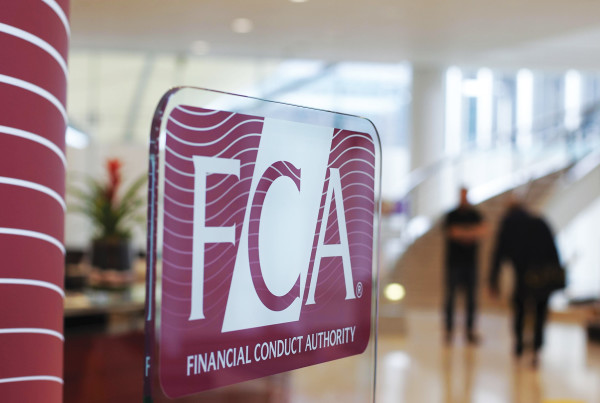It is now half a decade since the implementation of the RDR, which left the advice industry slightly smaller but more professional as a result. But to the untrained eye, some things look remarkably similar five years on.
Adviser charges fall into this category: while the 2013 overhaul swept away the once-popular commission-based approach, many customers’ experiences on this front appear more or less unchanged.
Commission may be a thing of the past for non-legacy business, but many advisers still use the ad valorem charging structure associated with that model, which involves taking a percentage of client assets on an ongoing basis. Similarly, fees can still be facilitated by a provider, which can be either the company providing a product or an investment platform.
“Despite what they might think about being familiar with fees rather than commission, the majority of advisers use a similar system,” says Graham Bentley, of investment consultancy gbi2.
As outlined in Table 1, an FCA data bulletin from May 2017 found that intermediaries still overwhelmingly favoured a percentage-based charge, both on an initial and an ongoing basis.
Table 1: Firms using different charging structures
| Type of charge | Number of firms | |
| | Initial charge | Ongoing charge |
| Charge per hour | 1,663 | 1,259 |
| Percentage of investment | 4,130 | 4,362 |
| Fixed fee | 1,971 | 1,215 |
| Combined structure | 905 | 799 |
Notes: Data as at end-2016. Source: FCA. Copyright: Money Management
Some 4,362 firms used an ad valorem ongoing fee, more than the combined total of those who used an hourly charge, a fixed fee or a combination of the two. Around 80 per cent of payments to advisers, by value, were facilitated by a provider or platform, according to the bulletin.
Such an approach arguably works well for the industry. A percentage-based charge appears relatively straightforward, and as such can be easy to explain to clients. Advocates also point to the fact that this model aligns intermediaries’ goals with those of clients looking to build up their wealth, because advisers get paid more if assets grow.
Mr Bentley believes such an approach could “stay for a while”, given these considerations and other benefits of an ad valorem structure.
“The client’s expectation is still as it was pre-RDR” he says. “Money is taken out of their product; it’s almost unseen. This has allowed advisers to increase their fees. They are not motivated to change that model.”
Direction of travel?
Fees have moved upwards since RDR, though there are signs of this slowing in some respects. A Lang Cat report published last October, ‘Never mind the quality, feel the width 3’, outlined in Chart 1, noted a “zesty” rise in initial fees since 2015, with the lowest percentage-based charge rising from 40 basis points (bps) to 65bps.











